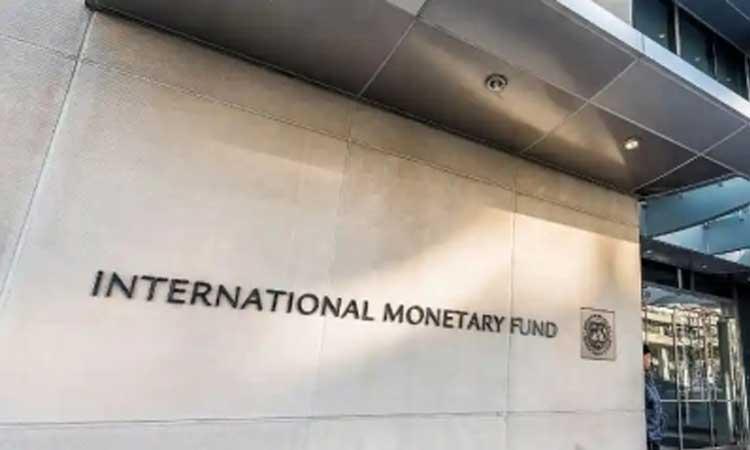India's economy has retained the crown of "a bright spot" in the International Monetary Fund's latest World Economic Outlook report released on Monday and it is slated to account for half of the global growth in 2023, compared to just a tenth coming from the combined might of the US, the world's largest economy, and Europe, which comprises some of the largest economies.
The Indian economy is expected to grow by 6.1 per cent in 2023, which is 0.7 percentage points lower than 6.8 per cent in 2022, which was earlier projected by the fund in its October forecast. The growth rate will be back at the 2022 level of 6.8 per cent in 2024, the fund has further projected, based on "resilient domestic demand despite external headwinds".
"India remains a bright spot," Pierre-Olivier Gourinchas, an IMF official, wrote in a blog accompanying the World Economic Outlook update, a quarterly report.
"Together with China, it will account for half of global growth this year, versus just a tenth for the US and euro area combined."
The phrase "a bright spot" has been used for India's economic growth for years now by the IMF, the World Bank and other similar bodies, in a nod to its inner resilience against external headwinds and bucking the trend either on the global stage or in the shrunken confine of Asia and South Asia.
India's projected growth rate of 6.1 per cent for 2023 is 0.8 percentage points better than the IMF expectation of 5.3 per cent for a category of countries the fund describes as Emerging and Developing Asia. The 2024 match-up is even better, with India expected to got to 6.8 per cent while the Asian entity will see a decline to 5.2 per cent.
The global economy, however, is in a much better shape than how the fund saw it in October. It is projected to fall from an estimated 3.4 per cent in 2022 to 2.9 per cent in 2023, then rise to 3.1 per cent in 2024.
In October, the IMF projected global growth is forecast to slow from 6 per cent in 2021 to 3.2 per cent in 2022 and 2.7 per cent in 2023, and had called it the "weakest growth profile since 2001 except for the global financial crisis and the acute phase of the Covid-19 pandemic and reflects significant slowdowns for the largest economies: a US GDP contraction in the first half of 2022, a euro area contraction in the second half of 2022, and prolonged Covid-19 outbreaks and lockdowns in China with a growing property sector crisis".
The headwinds for 2023 global economic growth were, as projected by the IMF, "central bank rates to fight inflation and Russia's war in Ukraine".
Additionally, the rapid spread of Covid-19 in China dampened growth in 2022, but the recent reopening has paved the way for a faster-than-expected recovery. Global inflation is expected to fall from 8.8 per cent in 2022 to 6.6 per cent in 2023 and 4.3 per cent in 2024, still above pre-pandemic (2017-19).


















